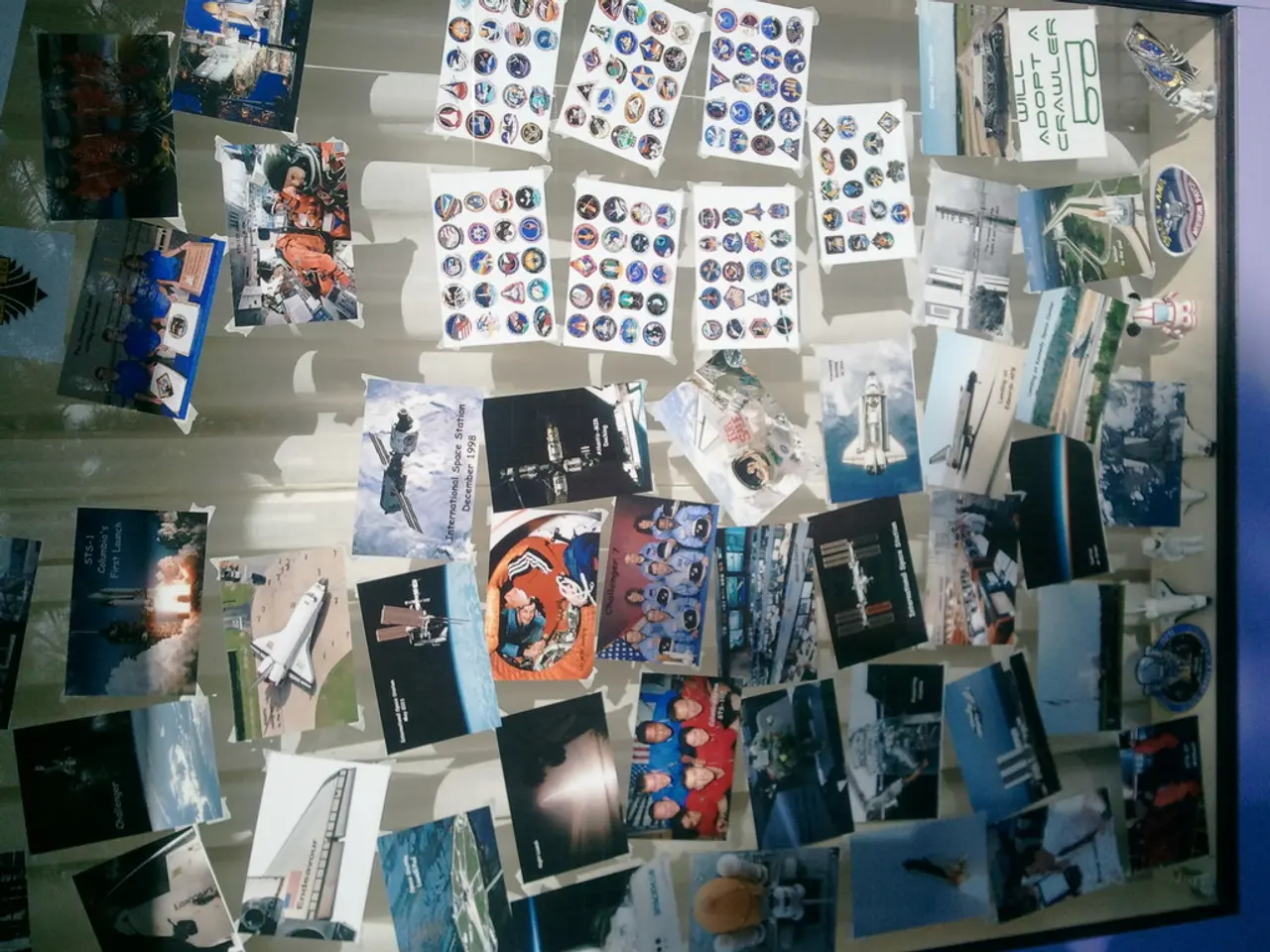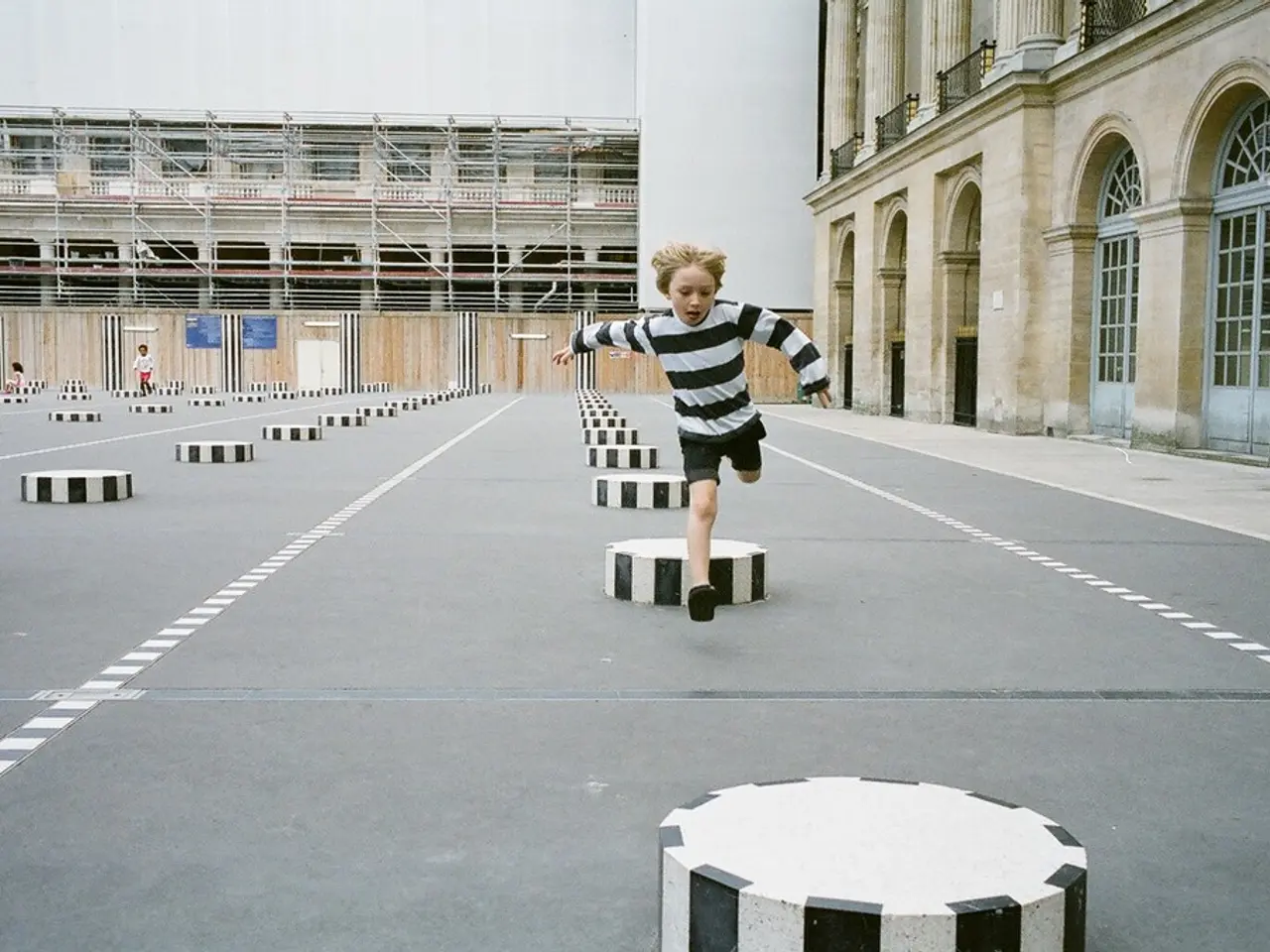In under a minimal 17 seconds, the exhibition titled "Reflections of the Ages" showcases the admirable qualities and hidden mysteries of Russian art glass.
In the heart of Ekaterinburg, the Ekaterinburg Museum of Fine Arts is currently hosting an exhibition that delves into the captivating world of Russian artistic glass. The exhibition, which features over 300 exhibits, offers visitors a journey through the evolution of this distinctive art form, from its medieval roots to its modern-day innovations.
The exhibition begins with a glimpse into the establishment of a glass factory in St. Petersburg by Peter the Great. European masters were invited to train Russians, forming a domestic glass school. Visitors can witness modern glassblowing techniques, such as free-blowing without a mold, demonstrated by employees of the 'Tunis' studio.
As one moves through the exhibition, they will encounter a variety of functional objects, including grand chandeliers, miniature cream jugs, and a large spherical vase from a palace in St. Petersburg. One interesting fact about glassblowing is that glass transforms from a liquid to a solid state in just 17 seconds.
The 18th century, known as the 'golden age' of engraved glass, is showcased with plant motifs, gilding, hunting scenes, and pastoral scenes. Towards the end of the 18th and beginning of the 19th century, classicism and Empire styles entered decorative arts, with abundant gilding and colored glass. The tradition of 'ruby gold' glass began when factory employees traveled to England.
The so-called historicist period sees the emergence of neo-Gothic styles, with the diamond-cut edge becoming a remarkable artistic expression in crystal. The fashionable tradition of Empress Catherine II was to take the first sip at receptions, and the large glass used was passed around for guests to toast her health.
The Perm Art Gallery has contributed 95 works from various eras and styles to the exhibition. The Omsk museum contributed around 250 pieces, with 140 leaving for the exhibition. The exhibition also showcases glass pieces from various producers, including the Imperial Glass Factory, private factories like Nikolo-Bakhmetievsky Crystal Factory, Bolotins' Factory, workshops of P.P. Semenkin and K.I. Terebenets, etc.
A new feature at the exhibition is daily video learning about glassblowing techniques. The exhibition invites exploration of the evolution of "glass" decorative arts, its stylistic changes, reflecting the Russia of each era in its glassy surfaces and curves.
Towards the end of the exhibition, visitors will witness the waning of the Russian Empire and the arrival of Art Nouveau, with French techniques such as chemical etching on multi-layered glass being imitated. A rare liturgical utensil crafted on the cusp of the 18th and 19th centuries is part of the exhibition, made of so-called milk glass.
The history of Russian artistic glass spans from traditional craft roots influenced by medieval Russian decorative arts through significant evolution during the late 19th and early 20th centuries, marked by revival and innovation movements, and further development under Soviet industrial production. This unique art form reflects a trajectory from medieval craft toward a rich nationalist revival intertwined with modernization efforts, making it a distinctive element of Russia's artistic cultural heritage.
Don't miss this opportunity to immerse yourself in the captivating world of Russian artistic glass at the Ekaterinburg Museum of Fine Arts. The exhibition is a testament to the rich history and artistic evolution of this distinctive art form in Russia.
The Ekaterinburg Museum of Fine Arts' exhibition showcases the transition of glass from a domestic craft to a prestigious home-and-garden decoration, with various functional glass objects on display, such as grand chandeliers and miniature cream jugs. As the exhibition progresses, visitors can explore the evolution of Russian glass lifestyle, from the golden age of engraved glass to the Art Nouveau era.




